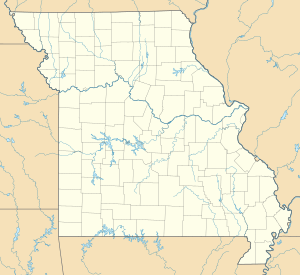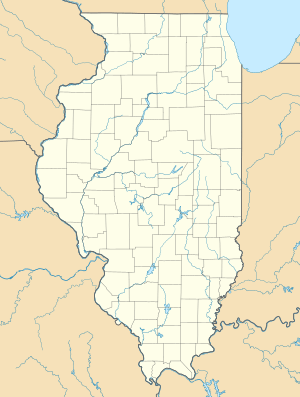Two Rivers National Wildlife Refuge facts for kids
Quick facts for kids Two Rivers National Wildlife Refuge |
|
|---|---|
|
IUCN Category IV (Habitat/Species Management Area)
|
|

Two Rivers National Wildlife Refuge, April 2014
|
|
| Location | Calhoun County, Jersey County, Greene County, Illinois, St. Charles County, Missouri, United States |
| Area | 8,501 acres (34.40 km2) |
| Established | 1958 |
| Governing body | U.S. Fish and Wildlife Service |
| Website | Two Rivers National Wildlife Refuge |
The Two Rivers National Wildlife Refuge is a special place where nature is protected. It is located where the Illinois River and the Mississippi River meet. This area spans across parts of Illinois and Missouri.
This refuge is managed by the U.S. Fish and Wildlife Service. They work to protect wildlife and their homes.
Contents
About the Two Rivers Refuge
The Two Rivers National Wildlife Refuge got its name because it sits where two big rivers, the Illinois and the Mississippi, join together. It's a very important area for many animals and plants.
Where is the Refuge Located?
The refuge covers parts of several counties. These include Calhoun, Jersey, and Greene counties in Illinois. It also reaches into St. Charles County, Missouri in Missouri.
The main office for the refuge is in a town called Brussels, Illinois. This town is located in Calhoun County.
What is the Size of the Refuge?
The Two Rivers National Wildlife Refuge is quite large. It covers about 8,501 acres. That's about 34 square kilometers of land and water. This large area provides plenty of space for wildlife to thrive.
What Kind of Habitat is There?
The refuge is mostly made up of riverine bottomland wetlands. Wetlands are areas where water covers the soil, or is present near the surface, for all or parts of the year. They are very important habitats for many species.
What Animals Live Here?
The Two Rivers National Wildlife Refuge is famous for its population of bald eagles. These majestic birds can often be seen in the area. Many other types of birds, fish, and other animals also call this refuge home. It's a great place for wildlife to live safely.
The refuge was created in 1958. Since then, it has been a protected area for nature.




